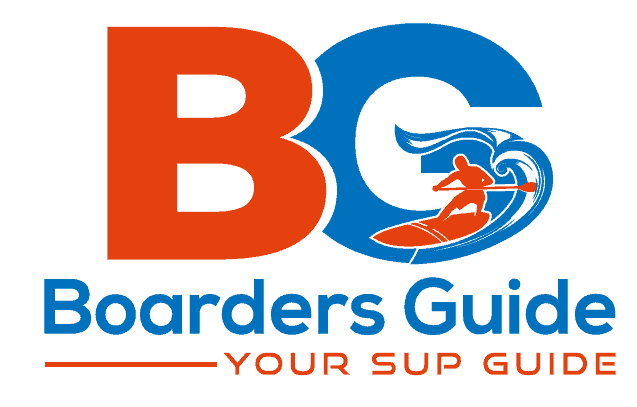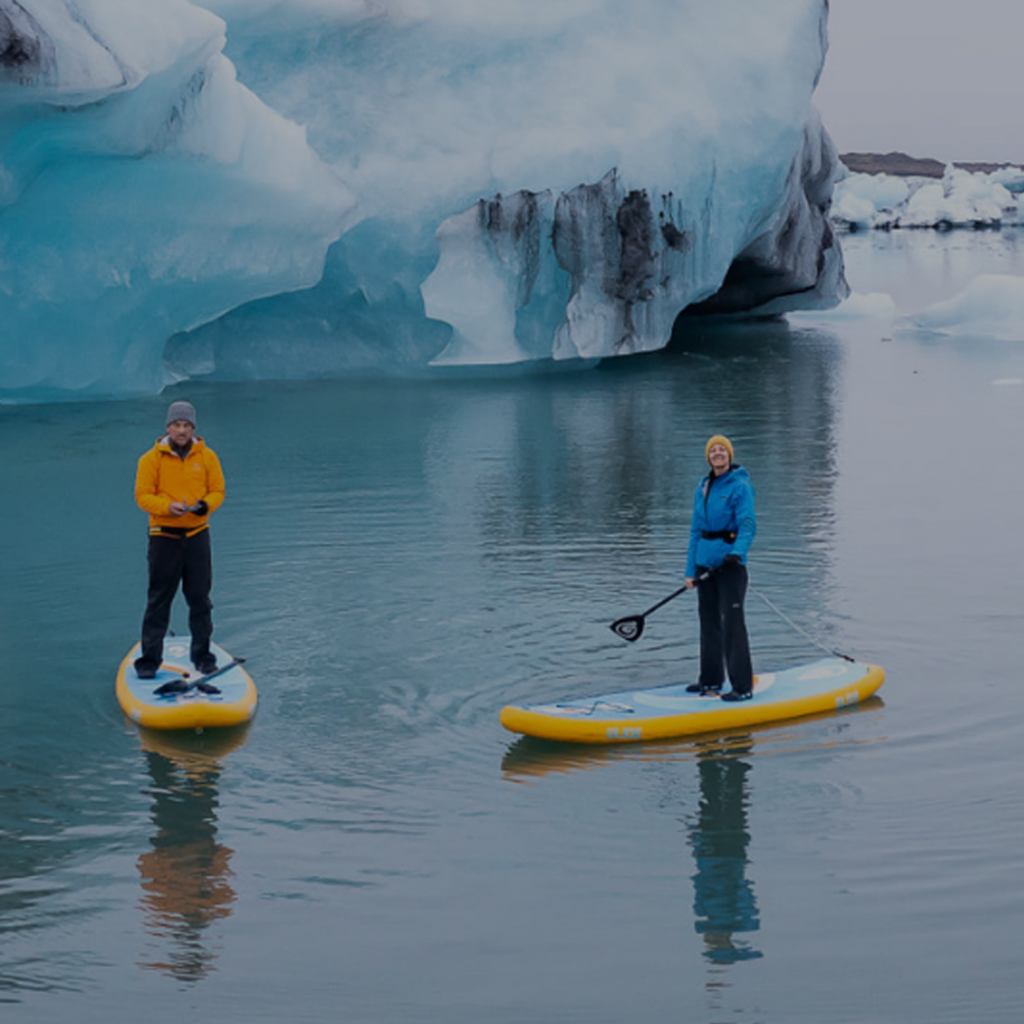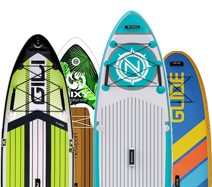One of the most important parts of Stand Up Paddleboarding, is…well…standing up! Of course that’s an oversimplification, but the truth is that understanding how to stand on your board isn’t just crucial to performing at your best — it can save your back and the rest of your body a world of hurt!
Start Out Right
Making a foundation from the minute you get on a SUP for the first time is crucial. Once bad habits set in, they’re tough to change. By learning these habits now, you set the foundation to be a stronger and more capable paddlerboarder for years to come.
All that being said, it isn’t terribly difficult. To start out, stand up on the board with your feet and hips a shoulder length apart. Also, be sure that as you’re standing up to get your balance, look forward and not down. This particular stance isn’t the best for everything, but it will help you with your balance. If you’re looking for better performance, you’ll have to evolve from this.
Stagger Yourself

To make sure that you can do more than just be stable, start with the same position as before but with on leg slightly in front of the other — just by a few inches.
The reason that this helps so much is because it gives stability both from the front and the sides. This will help you regain your balance under all but the strongest movements of the SUP board.
Make sure not to lock your knees as this can cause undue stress on the back and will make you less reactive to any changes. Also, your feet should be pointing straight ahead. Movements should be made more with the hips than your head or shoulders.
This will take practice and you’ll probably fall a few times before you get it. Just make sure to fall into the water and not the board to avoid injury.
Take a Knee

Depending on one of dozens of factors, standing up at first might be more trouble than it’s worth. That’s why there’s no shame is kneeling on the board to until you get your balance. The last thing you want to do is just give up on the sport altogether just because you had a few negative experiences. The difference with this position is that while you have some freedoms while standing, kneeling needs to be done on the center of the board to keep balance.
Once you feel that you have your balance, put your paddle across the board, push yourself up with your hands, look straight ahead, and slowly raise yourself up without making any sudden movements. If for some reason you find yourself losing balance, lower yourself to a kneeling position until you’re ready again.
Not only is this necessary for some paddlers at first, it’s also a good skill to know since all paddlers may need to do this at time when wind or wave conditions make it difficult to stand.
Don’t Let a Little Fall Ruin Your Fun
Falling is fine — all of us did at first and still do from time to time! Again, just make sure to fall in the water if you’re standing up so that you don’t hurt yourself. Remember, the main purpose of paddleboarding is to have a good time, so however long it takes to get your footing is fine. Just make sure to have fun!


